-
 Bitcoin
Bitcoin $114400
0.68% -
 Ethereum
Ethereum $3550
2.48% -
 XRP
XRP $3.001
4.99% -
 Tether USDt
Tether USDt $0.9999
0.01% -
 BNB
BNB $757.6
1.46% -
 Solana
Solana $162.9
1.07% -
 USDC
USDC $0.9998
0.00% -
 TRON
TRON $0.3294
0.91% -
 Dogecoin
Dogecoin $0.2015
2.46% -
 Cardano
Cardano $0.7379
2.01% -
 Stellar
Stellar $0.4141
8.83% -
 Hyperliquid
Hyperliquid $37.83
-1.91% -
 Sui
Sui $3.454
0.76% -
 Chainlink
Chainlink $16.62
3.53% -
 Bitcoin Cash
Bitcoin Cash $554.6
2.84% -
 Hedera
Hedera $0.2486
3.91% -
 Ethena USDe
Ethena USDe $1.001
0.00% -
 Avalanche
Avalanche $21.95
3.34% -
 Toncoin
Toncoin $3.563
-2.85% -
 Litecoin
Litecoin $112.7
2.65% -
 UNUS SED LEO
UNUS SED LEO $8.977
0.13% -
 Shiba Inu
Shiba Inu $0.00001232
1.85% -
 Uniswap
Uniswap $9.319
2.93% -
 Polkadot
Polkadot $3.632
1.38% -
 Monero
Monero $307.2
2.36% -
 Dai
Dai $0.9997
-0.03% -
 Bitget Token
Bitget Token $4.340
0.91% -
 Pepe
Pepe $0.00001048
1.07% -
 Cronos
Cronos $0.1348
3.26% -
 Aave
Aave $261.5
1.93%
How does NFT Cross-Platform Compatibility enable the multi-platform use of NFTs?
NFT cross-platform compatibility, achieved via bridging and standardized metadata, boosts NFT accessibility and liquidity across various blockchains and marketplaces, despite challenges in scalability, security, and standardization.
Mar 03, 2025 at 07:55 am
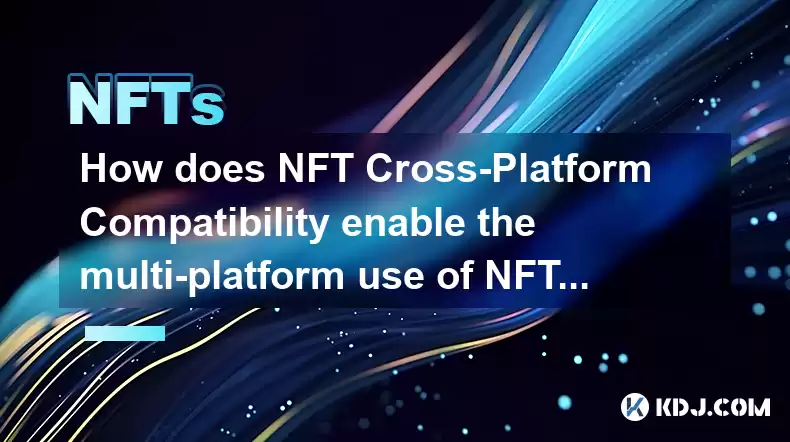
Key Points:
- NFT cross-platform compatibility allows NFTs to be used across different blockchain networks and marketplaces.
- This interoperability is achieved through various technical solutions, including bridging technologies and standardized metadata.
- Increased accessibility and liquidity are key benefits, boosting NFT utility and adoption.
- Challenges remain, including scalability, security, and standardization issues.
How does NFT Cross-Platform Compatibility enable the multi-platform use of NFTs?
The concept of NFT cross-platform compatibility refers to the ability of a Non-Fungible Token (NFT) to seamlessly function and be utilized across various blockchain networks and digital marketplaces. This goes beyond simply viewing an NFT; it implies full functionality, including trading, displaying, and using the NFT within different digital ecosystems. Without cross-platform compatibility, an NFT created on one blockchain is essentially trapped within that specific environment.
Currently, the majority of NFTs reside within their native blockchain ecosystems. This limits their usability and potentially reduces their value. For instance, an NFT created on Ethereum might not be directly usable on a Solana-based game or metaverse. Cross-platform compatibility aims to solve this fragmentation.
Several technological approaches are being explored to achieve this interoperability. One key method involves the use of bridging technologies. These bridges act as gateways, allowing NFTs to be transferred between different blockchains while maintaining their unique identity and attributes. This transfer often involves wrapping the original NFT into a new token on the destination blockchain.
Another crucial aspect is the standardization of NFT metadata. Metadata describes the NFT's properties and characteristics. If different platforms use different metadata standards, NFTs become incompatible. Standardization efforts, such as the adoption of common metadata formats, are vital for broader interoperability. This allows different platforms to readily understand and display NFT information.
The benefits of cross-platform compatibility are significant. It dramatically increases the accessibility and liquidity of NFTs. Creators can reach a wider audience, and users can leverage their NFTs across diverse applications. Imagine using your NFT avatar in multiple metaverse platforms or utilizing your in-game NFT item across different games. This enhanced utility directly impacts the value proposition of NFTs.
However, challenges remain in achieving seamless cross-platform compatibility. Scalability issues, particularly with bridging technologies, are a major concern. The process of transferring NFTs between blockchains can be slow and expensive, hindering widespread adoption.
Security is another critical factor. Bridges and other intermediary technologies need robust security measures to prevent exploits and theft. Any vulnerability could compromise the integrity and value of NFTs. Furthermore, the lack of complete standardization in the NFT space continues to hinder interoperability. Different platforms may use different formats or protocols, creating compatibility issues.
Moreover, the legal and regulatory landscape surrounding NFTs across different jurisdictions adds complexity. Ensuring compliance with various laws and regulations across different regions is a considerable hurdle in achieving true cross-platform compatibility. This requires a harmonization of regulations related to NFTs to facilitate cross-border use.
Furthermore, the user experience is a key aspect. Even with technological solutions in place, a seamless and intuitive user experience is essential for widespread adoption. Complicated processes for transferring or using NFTs across platforms could deter users. Therefore, user-friendly interfaces and tools are vital for facilitating the cross-platform use of NFTs.
The development of decentralized identifiers (DIDs) and verifiable credentials (VCs) offers a promising path towards enhanced NFT interoperability. DIDs provide a unique and verifiable digital identity for NFTs, while VCs enable the secure and trustworthy transfer of NFT attributes across platforms. This combination could greatly simplify the process of NFT cross-platform usage.
The emergence of layer-2 scaling solutions for various blockchains also contributes to improved NFT interoperability. By reducing transaction fees and increasing transaction speeds, layer-2 solutions make cross-chain transfers more efficient and cost-effective. This fosters greater ease of use and wider adoption of cross-platform NFTs.
The future of NFT cross-platform compatibility hinges on collaboration among different stakeholders, including blockchain developers, NFT marketplaces, and regulatory bodies. Developing open standards, implementing robust security protocols, and creating user-friendly interfaces are all crucial steps toward a truly interoperable NFT ecosystem.
Frequently Asked Questions:
Q: What are the main benefits of NFT cross-platform compatibility?
A: Increased accessibility and liquidity for NFTs, allowing them to be used across different platforms and increasing their overall utility and value. This also expands the reach for creators and provides more options for users.
Q: What are the biggest challenges to achieving NFT cross-platform compatibility?
A: Scalability issues with bridging technologies, security vulnerabilities, lack of standardization in metadata and protocols, and the complexity of navigating different legal and regulatory landscapes.
Q: How are bridging technologies used to enable cross-platform NFT functionality?
A: Bridging technologies act as gateways, facilitating the transfer of NFTs between different blockchains. They often involve wrapping the original NFT into a new token on the destination blockchain, preserving its essential characteristics.
Q: What role does standardized metadata play in cross-platform NFT compatibility?
A: Standardized metadata allows different platforms to understand and display NFT information consistently. Without it, NFTs might not be correctly displayed or interpreted across different platforms, hindering interoperability.
Q: What is the significance of decentralized identifiers (DIDs) and verifiable credentials (VCs) in the context of NFT interoperability?
A: DIDs provide unique and verifiable digital identities for NFTs, while VCs allow the secure and reliable transfer of NFT attributes across platforms. This combination simplifies cross-platform NFT usage.
Disclaimer:info@kdj.com
The information provided is not trading advice. kdj.com does not assume any responsibility for any investments made based on the information provided in this article. Cryptocurrencies are highly volatile and it is highly recommended that you invest with caution after thorough research!
If you believe that the content used on this website infringes your copyright, please contact us immediately (info@kdj.com) and we will delete it promptly.
- Cryptocurrency, Altcoins, and Profit Potential: Navigating the Wild West
- 2025-08-04 14:50:11
- Blue Gold & Crypto: Investing Disruption in Precious Metals
- 2025-08-04 14:30:11
- Japan, Metaplanet, and Bitcoin Acquisition: A New Era of Corporate Treasury?
- 2025-08-04 14:30:11
- Coinbase's Buy Rating & Bitcoin's Bold Future: A Canaccord Genuity Perspective
- 2025-08-04 14:50:11
- Coinbase's Buy Rating Maintained by Rosenblatt Securities: A Deep Dive
- 2025-08-04 14:55:11
- Cryptos, Strategic Choices, High Returns: Navigating the Meme Coin Mania
- 2025-08-04 14:55:11
Related knowledge
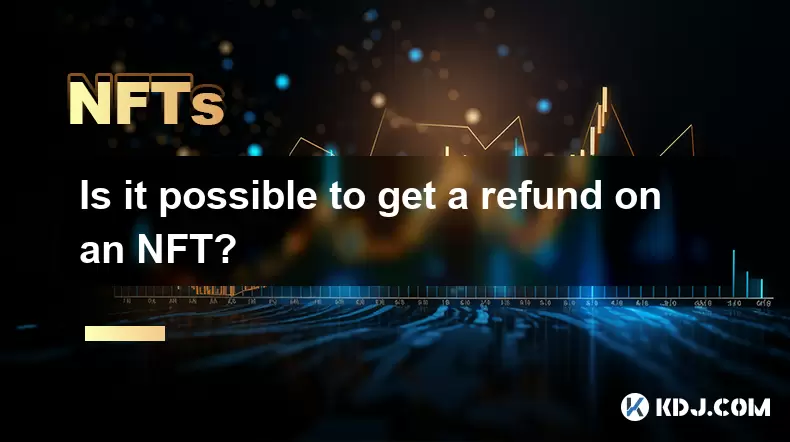
Is it possible to get a refund on an NFT?
Jul 21,2025 at 08:35pm
Understanding NFT Transactions and RefundsWhen you purchase an NFT (Non-Fungible Token), the transaction is typically recorded on a blockchain, making...
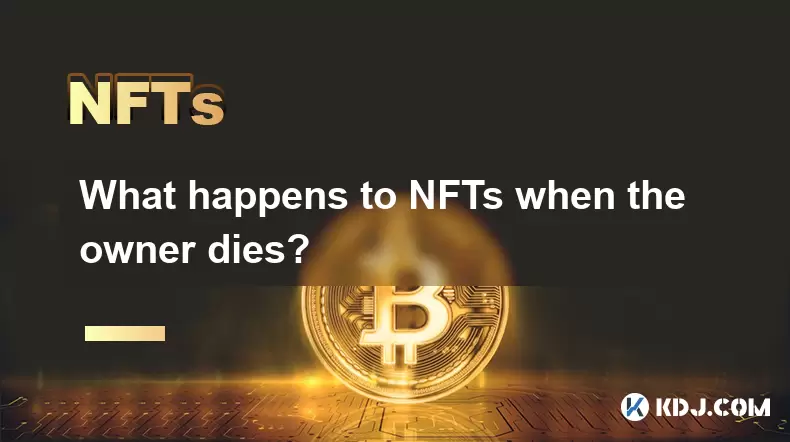
What happens to NFTs when the owner dies?
Jul 22,2025 at 02:43pm
Legal Ownership and Digital AssetsWhen an individual owns NFTs, the question of what happens to these assets upon their death is a pressing one. NFTs ...
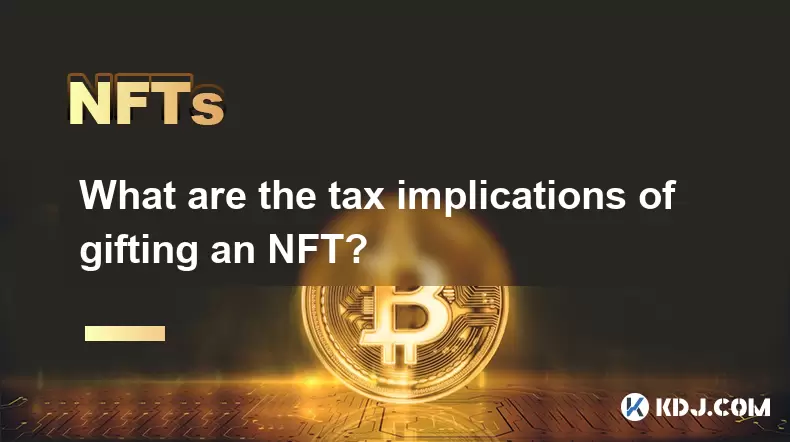
What are the tax implications of gifting an NFT?
Jul 19,2025 at 04:21am
Understanding the Basics of NFT GiftingGifting a Non-Fungible Token (NFT) involves transferring ownership from one individual to another without recei...
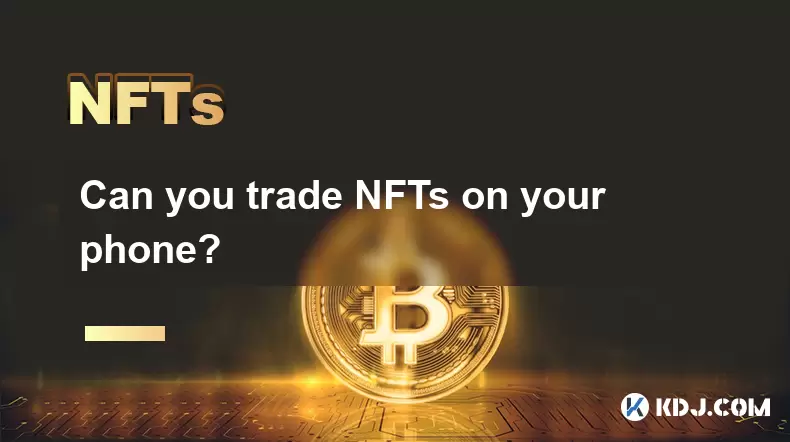
Can you trade NFTs on your phone?
Jul 18,2025 at 04:29am
Trading NFTs on Mobile DevicesYes, you can trade NFTs on your phone, and the process has become increasingly streamlined thanks to a variety of mobile...
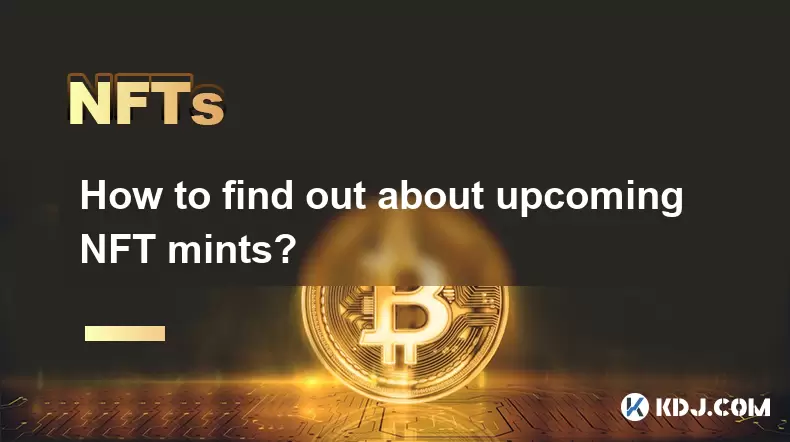
How to find out about upcoming NFT mints?
Jul 18,2025 at 11:50am
Exploring NFT Minting OpportunitiesUnderstanding the landscape of upcoming NFT mints is crucial for collectors, investors, and creators who wish to st...
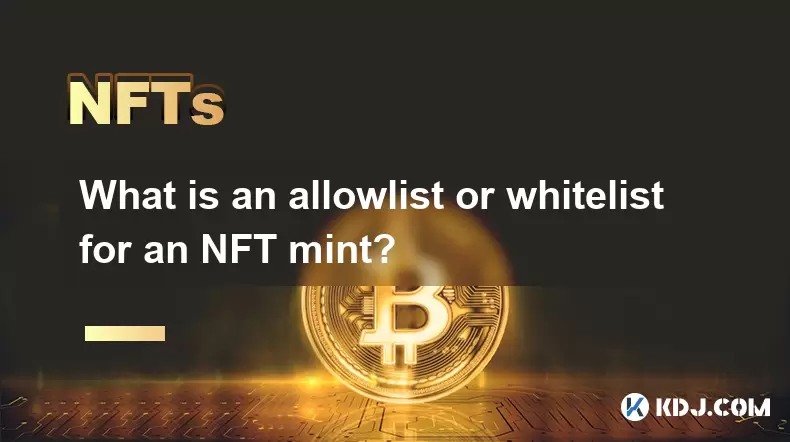
What is an allowlist or whitelist for an NFT mint?
Jul 20,2025 at 07:14pm
Understanding the Concept of an Allowlist for NFT MintingAn allowlist, also commonly referred to as a whitelist, is a mechanism used in the NFT mintin...

Is it possible to get a refund on an NFT?
Jul 21,2025 at 08:35pm
Understanding NFT Transactions and RefundsWhen you purchase an NFT (Non-Fungible Token), the transaction is typically recorded on a blockchain, making...

What happens to NFTs when the owner dies?
Jul 22,2025 at 02:43pm
Legal Ownership and Digital AssetsWhen an individual owns NFTs, the question of what happens to these assets upon their death is a pressing one. NFTs ...

What are the tax implications of gifting an NFT?
Jul 19,2025 at 04:21am
Understanding the Basics of NFT GiftingGifting a Non-Fungible Token (NFT) involves transferring ownership from one individual to another without recei...

Can you trade NFTs on your phone?
Jul 18,2025 at 04:29am
Trading NFTs on Mobile DevicesYes, you can trade NFTs on your phone, and the process has become increasingly streamlined thanks to a variety of mobile...

How to find out about upcoming NFT mints?
Jul 18,2025 at 11:50am
Exploring NFT Minting OpportunitiesUnderstanding the landscape of upcoming NFT mints is crucial for collectors, investors, and creators who wish to st...

What is an allowlist or whitelist for an NFT mint?
Jul 20,2025 at 07:14pm
Understanding the Concept of an Allowlist for NFT MintingAn allowlist, also commonly referred to as a whitelist, is a mechanism used in the NFT mintin...
See all articles

























































































